more Piazza Navona than Levittown
BAU618 Tianyou Experimental Primary School and Kindergarten, Suzhou
Dayang Mountain, Suzhou New District, Suzhou, Jiangsu
Discipline
Architecture, Landscape Architecture and InteriorTypology
EducationCity
Dayang Mountain, Suzhou New District, Suzhou, JiangsuDate
2017-2020Status
Completed 2020Client
Suzhou Science and Technology City Social Service CenterProgram
Kindergarten:24 classes, multi-function hall, music classrooms, reading classrooms, art classrooms, miniature kitchenPrimary school: Yr1-6 48 classes, multi-purpose theatre, lecture hall, exhibition hall, library, art classrooms, computer classrooms, calligraphy classrooms, music classrooms, dance classrooms, technology classrooms, science laboratories, broadcast classroom, canteen, sports and activities hallTianyou public school goes beyond the brief of providing a traditional teaching model by also providing space for interactive, collaborative, inquisitive, student-centred, team teaching learning. With a supportive client, four innovations were brought to the school. Firstly, the standard external corridors were doubled in width and enclosed with windows to create space suitable for events such as student exhibitions. Secondly a glazed room was added to most of the classrooms to provide a space for activities and special projects. Thirdly, a meandering corridor was designed to connect all parts of the school and provide a variety of areas suitable for large and small learning initiatives. Finally, the enormous rooftop area, usually out of bounds, is designed to enable yet further opportunities to escape the classroom and learn in new ways.
intro
BAU were selected through invited competition to design a combined 24-class kindergarten and 48-class primary school on the rapidly urbanizing fringe of Suzhou New District.
classrooms and the in-between
Cutting edge education models explore a more interactive, collaborative, inquisitive, student-centred, teaching-learning environment. Consequently the goal of the contemporary school building is to blur the line between formal teaching in classrooms and the informal learning of the in-between spaces. With smart spatial design, informal teaching can inhabit the informal learning spaces, and vice versa. This new approach to education requires the entire school to become a teaching-learning environment.
small site, lots of program
Previous BAU school projects have lead to outcomes of buildings as figures on a ground of open space. With this project (a primary school and a kindergarten on a smaller site) the figure ground plan can be perceived as the reverse – open space as figures in a ground of building – more Circus Maximus or Piazza Navona than Levittown or Oak Park.
informal teaching and learning
The site has been conceived as a building podium with the various open spaces required, extracted from that podium: the sports ground; the playground for the kindergarten children; the courtyards for the primary school children; entrances for both schools; and a ring of green between the schools and the footpath.
What remains is in effect a meandering beam that runs around all the open spaces. This meandering beam contains a new innovative network – traditional school corridors have been transformed into lumpy and generous spaces where informal teaching and learning are encouraged. Within the largest of these corridors a number of semi-enclosed learning spaces are provided for informal events such as exhibitions and larger group work.
formal teaching and learning
Six regular beams chasing the sun, contain modified classrooms and straddle the meandering beam. Within these beams, each pair of traditional classrooms is provided with a glass-walled meeting room. This enables smaller student teams to communicate without distracting the rest of the class, and still be within easy reach of the teacher. The informal / formal parts of the building are clearly articulated spatially, formally and materially.
place, iconography and abstraction
Working with Chinese classical garden scholar, Craig Easton, the project engages with local geometries and motifs via unexpected framing, scaling, slippage, layering, wrapping and more to further integrate art and play with the learning environment.
kindergarten is German for children’s garden
Five themed gardens provide the kindergarten with places to: dream, act and perform in the imagination garden; to swing, climb, slide and jump in the muscle garden; to dig, plant, pat, and explore in the nature garden; to shovel, sweep, and organise in the work garden; and to smell the flowers, taste the herbs, feel the water, listen to the pipes, and touch the textures in the garden of the senses.
past, present and future
This project demonstrates that ancient spatial models can work together with current educational theories, to provide contemporary teaching and learning environments for future generations.
- Infrastructure
- Public
- Residential
- Healthcare
- Education
- Culture
- Office
- Retail
- Hotel
- Hospitality
- Mixed Use
- Sports
- Planning
- Urban Design
- Public Landscapes
- Private Landscapes
- Playgrounds
- Structures & Pavillions
- Residential
- Healthcare
- Education
- Culture
- Office
- Retail
- Hotel
- Hospitality
- 2021
- 2020
- 2019
- 2018
- 2017
- 2016
- 2015
- 2014
- 2013
- 2012
- 2011
- 2005-2010
- 2000-2005
- 1990-2000












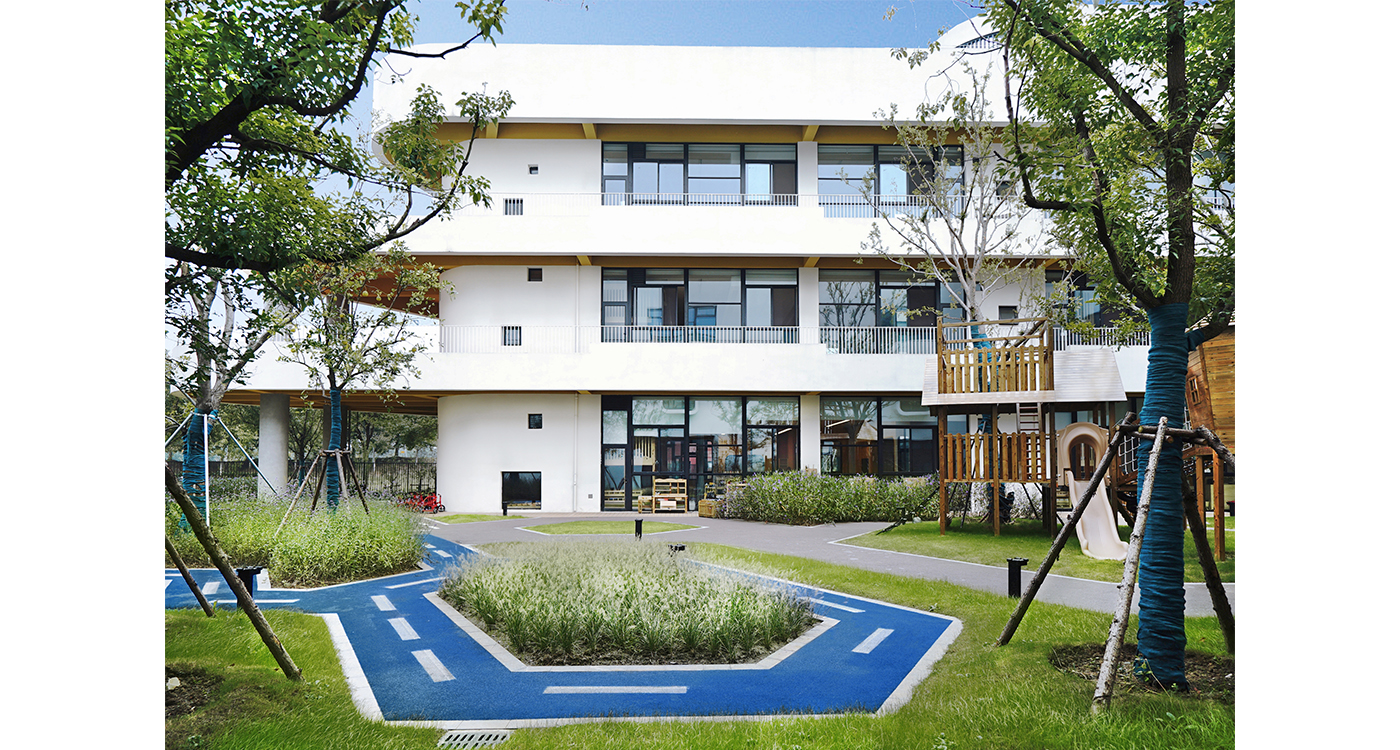














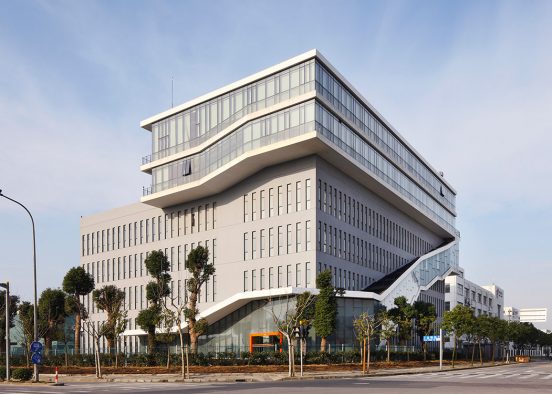

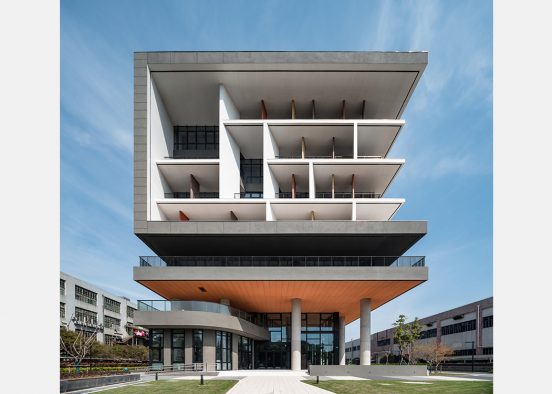



















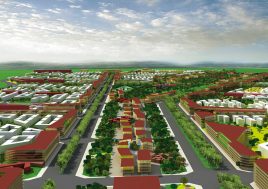
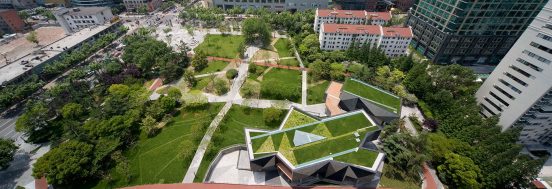




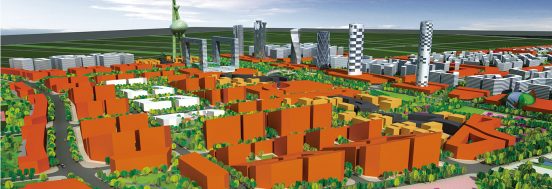







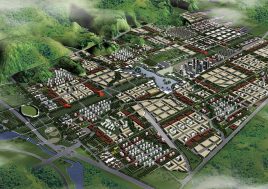


























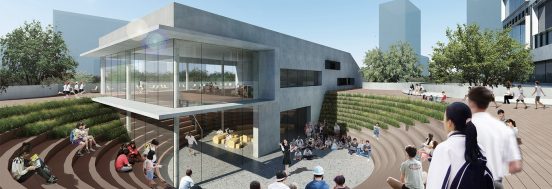














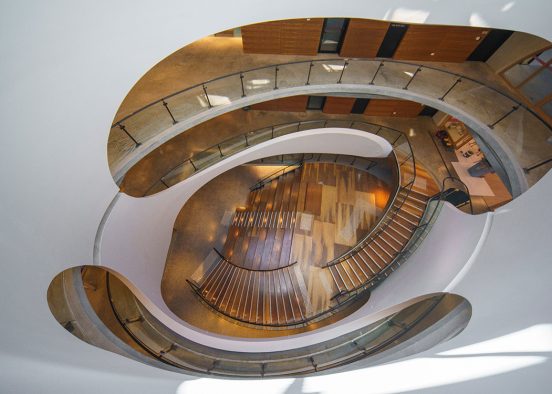










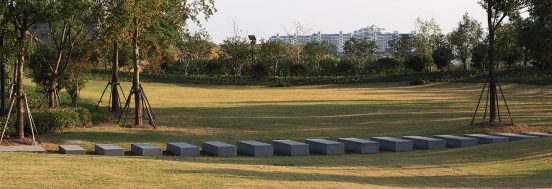
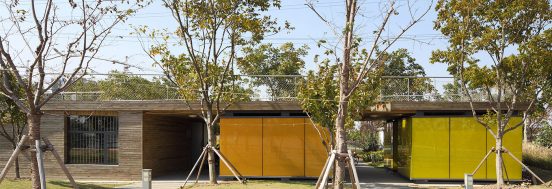


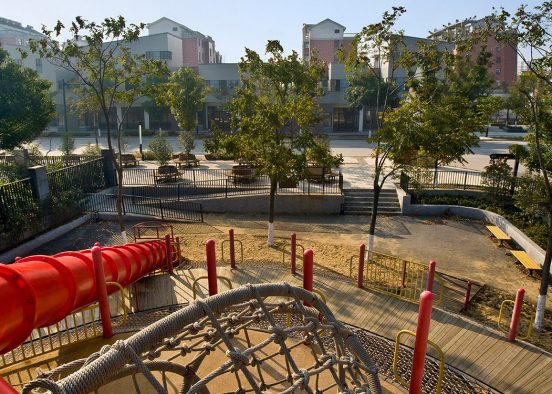












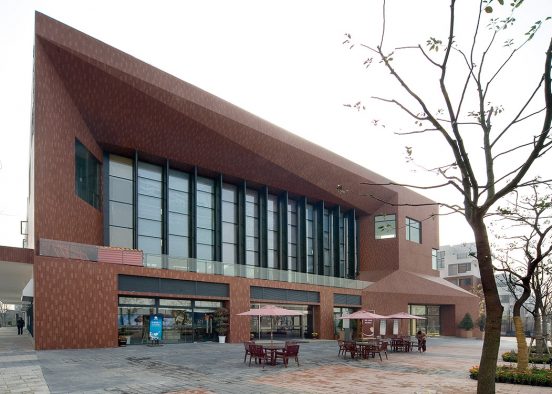
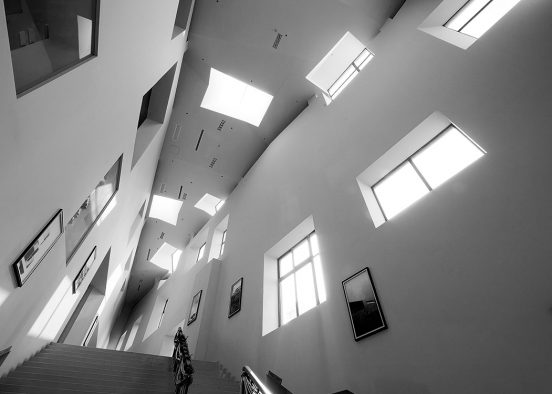
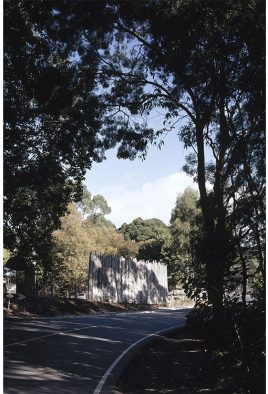
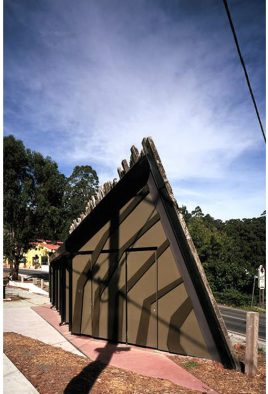









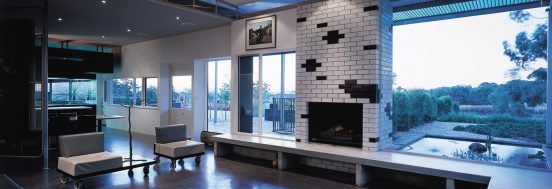







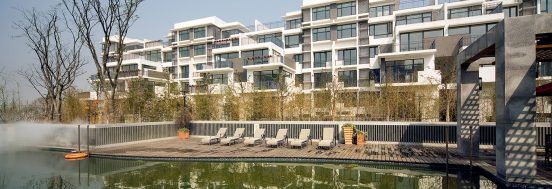






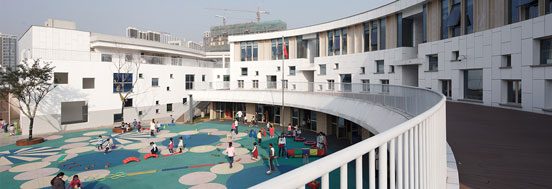
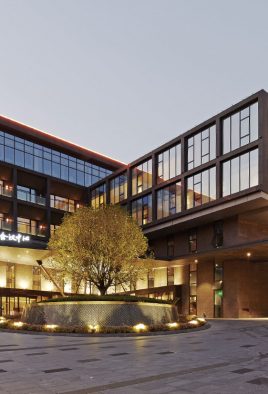



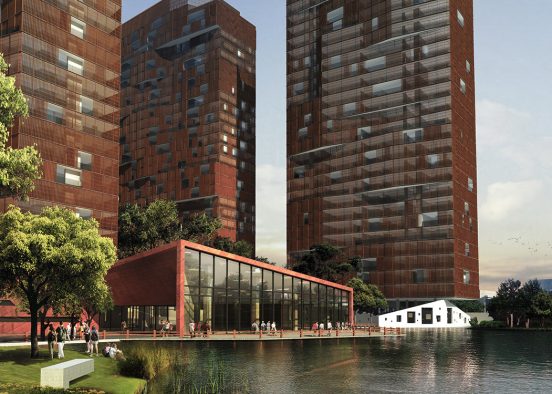





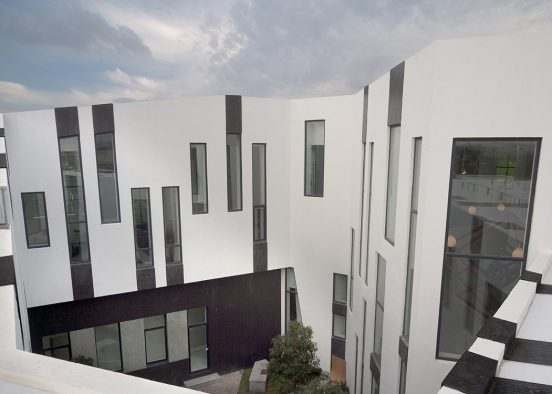








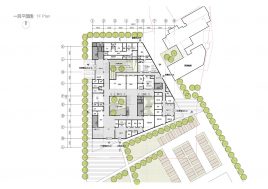


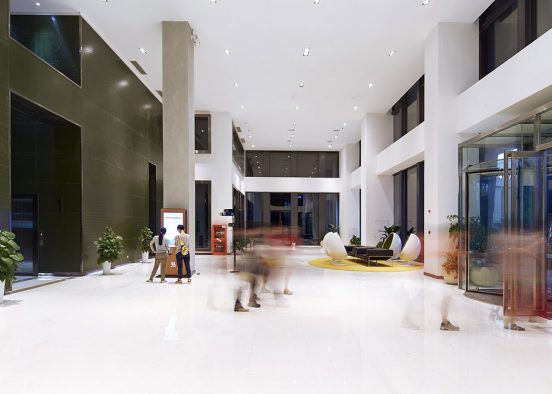







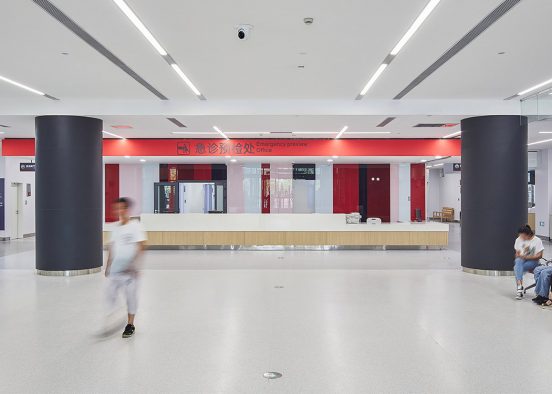



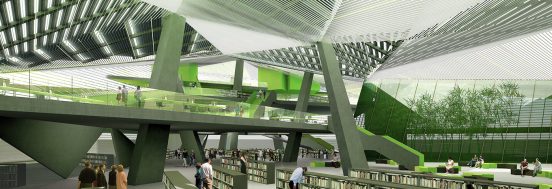



























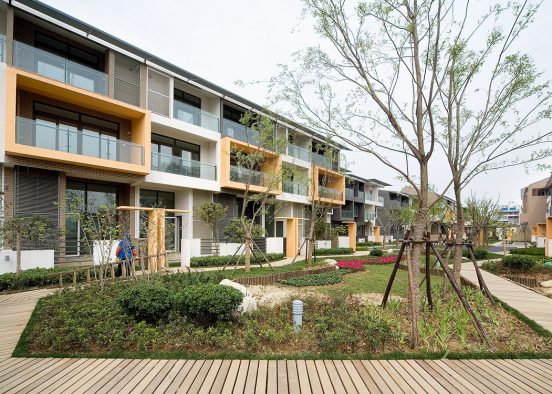
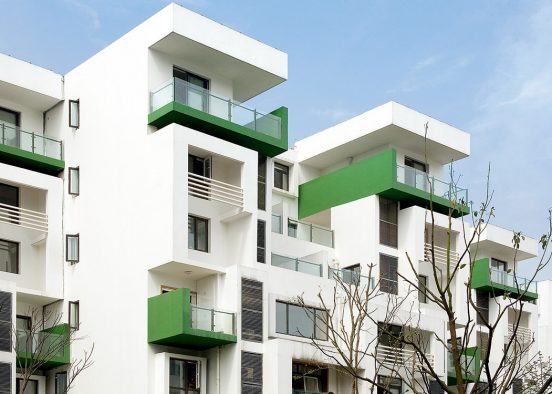









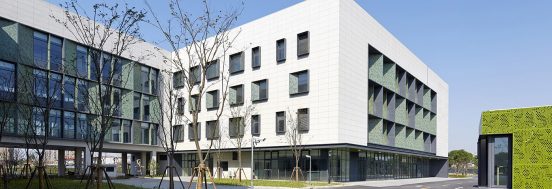






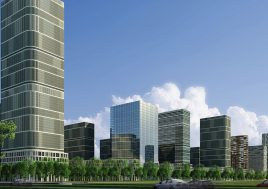



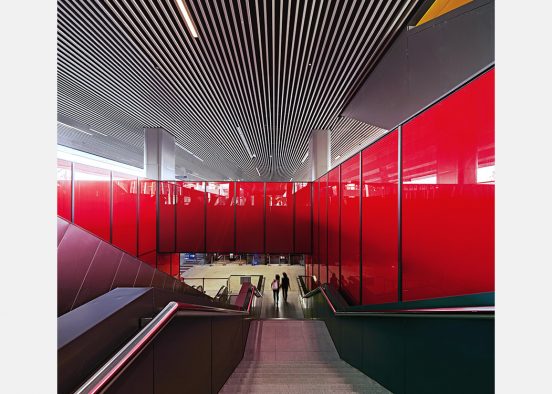


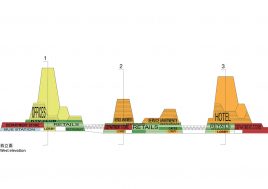







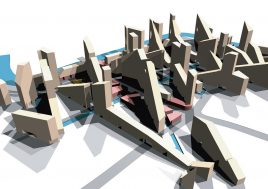












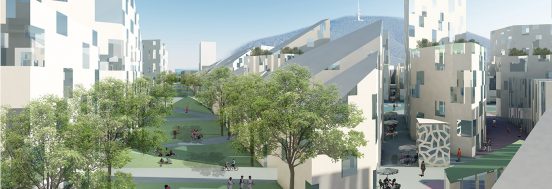






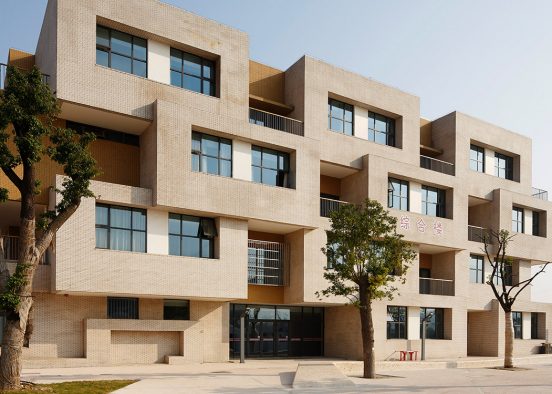








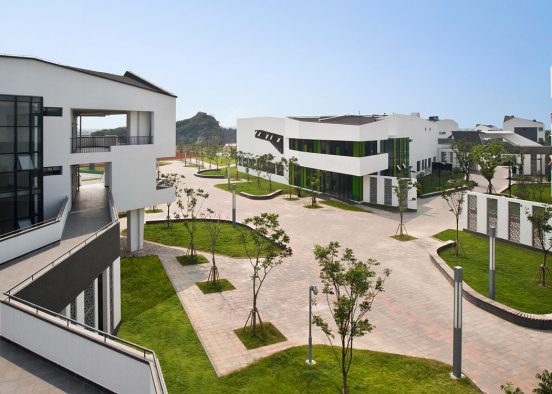




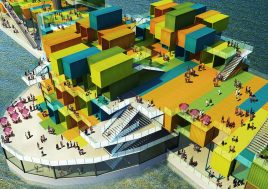














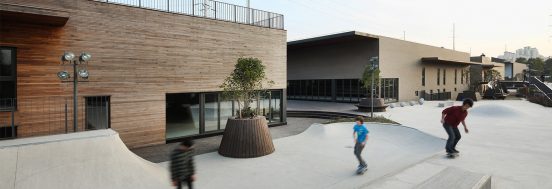




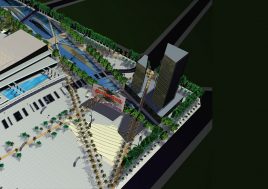

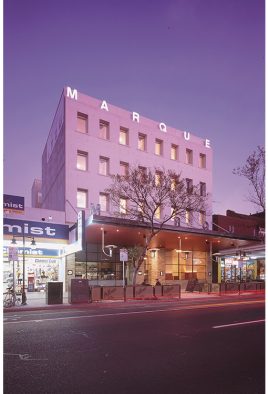













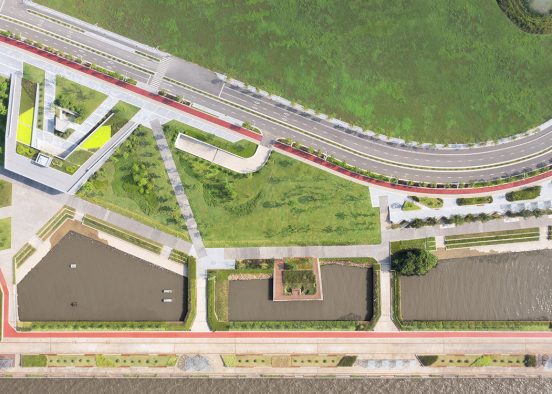





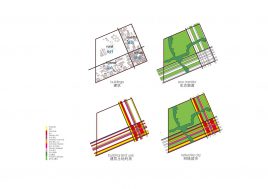






























 Back to projects
Back to projects
